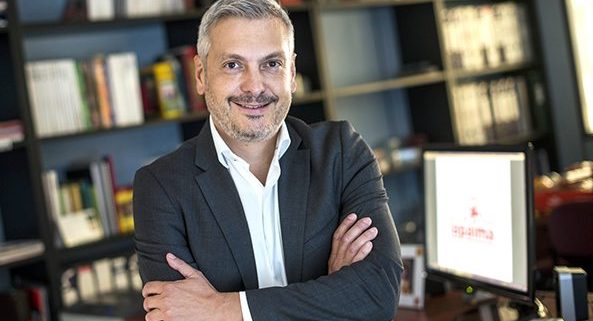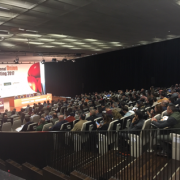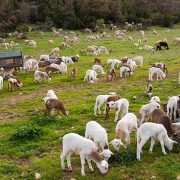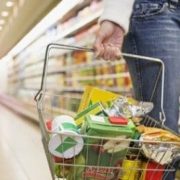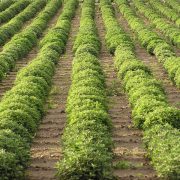Future of business for Fruits and Vegetables in Europe. David del Pino. Granada La Palma SCA
The world of fresh fruits and vegetables is boiling in Europe and in a few days we see all the faces in Fruit Logistica 2016 trying to figure out what lies ahead.
The general “war price” between distribution chains (with much effect in United Kingdom and other markets) and excess production (especially in this last campaign of autumn-winter) have put the focus on the loss of profitability and severe erosion margins.
But the uncertainties are many and of all kinds: Consolidation of distribution, political and legal uncertainties (transatlantic trade agreement with the US, Russia Lock imports, cancellation Judgment trade agreement with Morocco EU Court, political uncertainties in Africa, new CAP) and economic uncertainties northern producers.
If we were to look like an external viewer to business, we might say that the situation has all the ingredients to become a perfect storm.
It is producing a new consolidation of the distribution of Pareto Law threat. And it will not be the 20% of distributors who dominate 80% of a market, but 2-5% of distributors can reach 80-90%. Thus, their bargaining power will be impossible to counterbalance.
Political uncertainties have left European producers without one of their big emerging markets (Russia) and does therefore also to Turkey. All volume coming toward this market has disappeared or redirected, but where?
Turkey has the ability to reconfigure its tremendous capacity to European and while Morocco and other Mediterranean countries are not willing to give up their hard-won in the European market position by diffuse promise commercial success in a market markets like Russia, is facing a crisis with rampant including currency devaluation.
On the other hand, Europe is taking a curious phenomenon of investment in agriculture (perhaps by excess liquidity in financial markets) that many analysts already clearly branded investment bubble.
Spain, and especially the southeast side, has recovered (and exceeded) the number of hectares, which had been lost by the competitive pressure from other sources since 2000. The export rates reached record highs while the protests of farmers succeed by lack profitability.
In Holland and dark years after the results of farmers and businesses, it is taking a productive reorganization that wants to surround the entire production schedule with new technologies such as geothermal or crops under artificial light.
And in every European country, there is a ferment of local farmers who want to make room on the shelves of their countries with the overwhelming trend of “local for local ‘(local product for here).
Thus, it seems clear that the price will remain the main driver of the business. But it is also true that this pressure appears to have altered the rules of the game and is forcing members to change their strategy (because almost no one wins).
In this sense, the obvious signs of change in consumer behavior may be the only lifeline for many companies. (The health, convenience, naturalness, environmental commitment and the different types of conscious consumption and lifestyles)
The implications of these trends are crucial for distribution and not least for us, the producers. To a large extent, it forces us to choose strategy. Or, to produce commodites ever lower prices, or find the features that consumers will value in the products they grow.
David Del Pino, CEO of Granada La Palma SCA and blogger in www.daviddelpino.com




